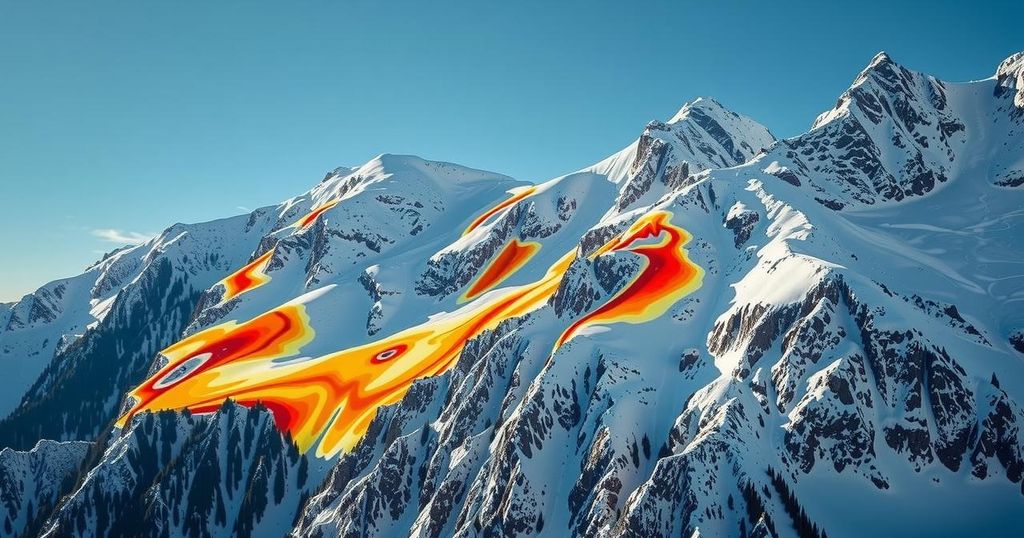By 2100, climate change is expected to reduce the total number of avalanches in Switzerland while increasing the risk of wet snow avalanches. Research indicates that higher winter temperatures may lead to fewer avalanches reaching lower valley areas, yet intense snowfall events could still generate larger avalanches at higher altitudes.
Climate change is projected to significantly influence avalanche dynamics in Switzerland by the year 2100. According to the WSL Institute for Snow and Avalanche Research (SLF), the overall number of avalanches may decline; however, there will be an increase in wet snow avalanches due to rising temperatures. Wet snow avalanches occur when the snowpack is saturated by rain or meltwater, a phenomenon likely to be more prevalent in regions above the tree line. While the risk of dry snow avalanches will reduce, the impact of extreme snowfall events may still produce larger avalanches at higher altitudes, which could potentially reach valley floors if they follow specific channels. The SLF study examined the effects of climate change on avalanche activity at various locations in Switzerland, including Weissfluhjoch near Davos and a high-altitude station close to Zermatt. Their findings indicate a warming of approximately five degrees Celsius in average winter temperatures could alter avalanche patterns, indicating that while fewer avalanches may be reported overall, the occurrence of larger and more severe events could persist under extreme weather conditions.
The implications of climate change on avalanche risks in Switzerland are vital for both public safety and local economies, particularly with ski resorts operating in vulnerable areas. As temperatures continue to rise, the nature of snow and avalanche behavior becomes increasingly crucial to understand and predict. The research conducted by the WSL Institute highlights the contrasting trends between wet and dry snow avalanches. It is essential to evaluate these changes to develop appropriate safety measures and contingency plans for affected regions.
In conclusion, the anticipated impact of climate change on avalanche behavior in Switzerland poses significant challenges, marked by a decrease in dry snow avalanches coupled with an increase in wet snow events. This shift necessitates proactive measures, such as the closure of ski resorts in high-risk zones, to ensure the safety of individuals in mountainous regions. Monitoring and research will remain essential as the country adapts to changing climatic conditions and their implications for avalanche hazards.
Original Source: www.swissinfo.ch






